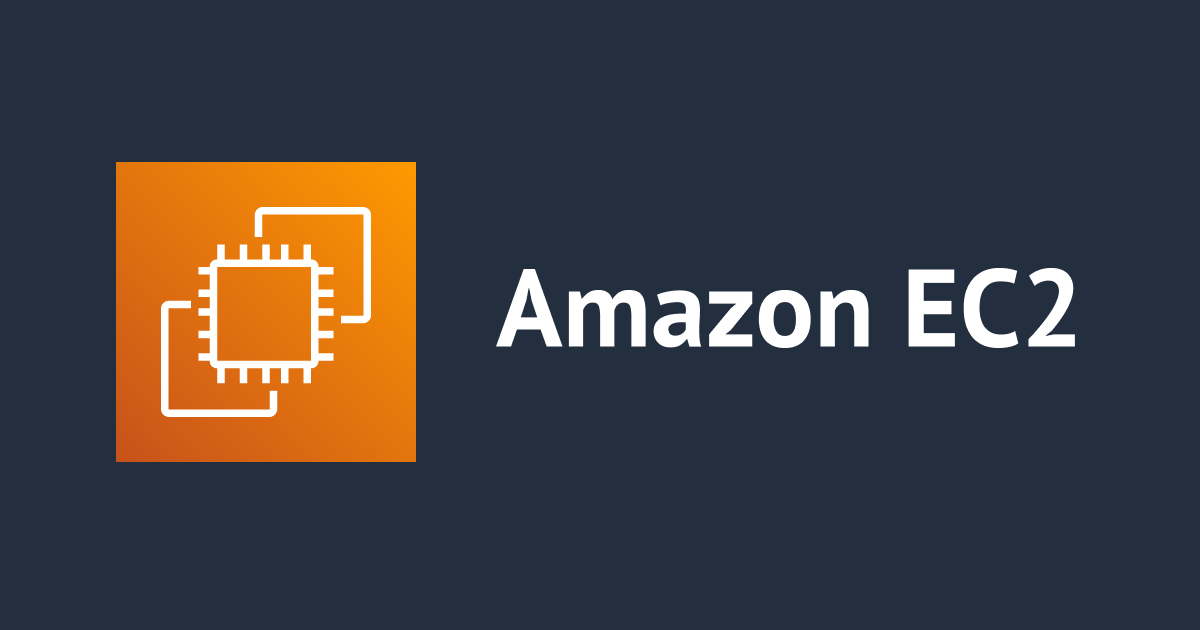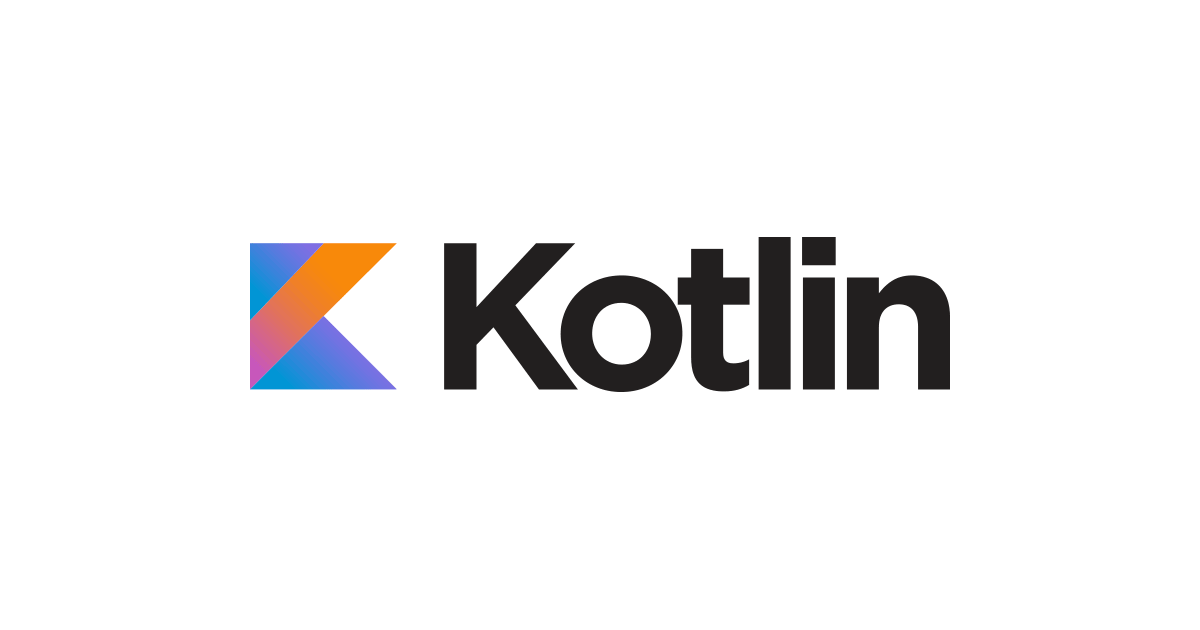
Spring Boot Quick StartアプリケーションをAmazon EC2でデプロイする方法 cloudformation
概要
このブログでは、Spring Bootで作成したQuick StartアプリケーションをAmazon EC2インスタンスにデプロイして実行する手順を紹介します。AWSのクラウドインフラストラクチャを活用して、自分のアプリケーションを本番環境で実行する方法を学びましょう。
やてみます:
Spring Boot Quick Startアプリケーションの作成
Step 1: Spring Initializrを使用してアプリケーションのベースをセットアップする方法
サンプルコードを使ってHello Worldエンドポイントを作成する手順
Step 2:アプリケーションのビルドとJARファイルの作成
GradleまたはMavenを使用してアプリケーションをビルドする方法
./gradlew build
Step 3: JARファイルをS3バケットにアップロードします
aws s3api create-bucket --bucket springboot-app-bucket-hello --region ap-northeast-1
aws s3api put-object --bucket springboot-app-bucket-hello --key demo-0.0.1-SNAPSHOT.jar --body demo-0.0.1-SNAPSHOT.jar
Step 4:テンプレートファイルの作成
ec2.yml
AWSTemplateFormatVersion: 2010-09-09
Description: this template will create ec2 template
Parameters:
# Parameter for the name of the key pair to be used.
Keypair:
Description: please enter the name of keypair available in ap-northeast-1a
Type: String
Default: HL00886
# Parameter for the prefix of all the resources created in this template.
SystemName:
Description: this name will be the prefix of all the resources.
Type: String
Default: Web
# Parameter for the CIDR block of the VPC.
VpcCidr:
Description: CIDR Block for the VPC. The CIDR should be unique in your environment.
Type: String
Default: 10.0.0.0/18
# Parameter for the EC2 instance type.
InstanceType:
Description: please select based on performance and network requirement.
Type: String
Default: t3.micro
# Parameter for the ID of the Amazon Machine Image (AMI) to be used.
AmiId:
Description: make sure your AMI is of the correct region.
Type: AWS::EC2::Image::Id
Default: ami-0947c48ae0aaf6781
# Parameter for the CIDR block of the public subnet.
SubnetCidr:
Description: this is the CIDR of the public Subnet which should lie between VPC CIDR and should have enough capacity with 5 IPs for AWS.
Type: String
Default: 10.0.0.1/24
# Parameter for the S3 bucket name where the war file is located.
S3BucketName:
Description: Bucket where the war file is located.
Type: String
Default: springboot-app-bucket-hello
# Parameter for the war file name.
ObjectName:
Description: war file name
Type: String
Default: demo-0.0.1-SNAPSHOT.war
Resources:
###############################
# Networking
###############################
# Create the VPC resource.
VPC:
Type: AWS::EC2::VPC
Properties:
CidrBlock: !Ref VpcCidr
EnableDnsSupport: true
Tags:
- Key: Name
Value: !Sub ${SystemName}-vpc
# Create the Internet Gateway resource.
IGW:
Type: AWS::EC2::InternetGateway
Properties:
Tags:
- Key: Name
Value: !Sub ${SystemName}-IGW
# Attach the Internet Gateway to the VPC.
AttachGateway:
Type: AWS::EC2::VPCGatewayAttachment
Properties:
VpcId: !Ref VPC
InternetGatewayId: !Ref IGW
# Create the public subnet resource.
PublicSubnet:
Type: AWS::EC2::Subnet
Properties:
AvailabilityZone: ap-northeast-1a
VpcId: !Ref VPC
CidrBlock: !Ref SubnetCidr
Tags:
- Key: Name
Value: !Sub ${SystemName}-publicsubnet
# Create the public route table resource.
PublicRouteTable:
Type: AWS::EC2::RouteTable
Properties:
VpcId: !Ref VPC
Tags:
- Key: Name
Value: !Sub ${SystemName}-RouteTable
# Create the public route resource.
PublicRoute:
Type: AWS::EC2::Route
Properties:
RouteTableId: !Ref PublicRouteTable
DestinationCidrBlock: 0.0.0.0/0
GatewayId: !Ref IGW
# Associate the public route table with the public subnet.
PublicRouteTableAssoc:
Type: AWS::EC2::SubnetRouteTableAssociation
Properties:
SubnetId: !Ref PublicSubnet
RouteTableId: !Ref PublicRouteTable
# Create an Elastic IP resource for the EC2 instance.
EIP1:
Type: AWS::EC2::EIP
# Associate the Elastic IP with the EC2 instance.
EniAssociation:
Type: AWS::EC2::EIPAssociation
Properties:
AllocationId: !GetAtt EIP1.AllocationId
InstanceId: !Ref ServerInstance
###############################
# Server
###############################
# Create the EC2 instance resource.
ServerInstance:
Type: AWS::EC2::Instance
Metadata:
Comment: Install a simple web app
# CloudFormation Init to set up the instance with necessary configurations.
AWS::CloudFormation::Init:
configSets:
default:
- myConfig
myConfig:
packages:
yum:
java-17-amazon-corretto.x86_64: []
java-17-amazon-corretto-devel.x86_64: []
# Files to be copied to the instance.
files:
/tmp/install.sh:
content: !Sub |
#!/bin/bash -xe
sudo yum update -y
sudo wget -P /tmp/ https://dlcdn.apache.org/tomcat/tomcat-10/v10.1.11/bin/apache-tomcat-10.1.11.tar.gz
sudo tar -zxvf /tmp/apache-tomcat-10.1.11.tar.gz
sudo mv apache-tomcat-10.1.11 tomcat
sudo mv tomcat /usr/share/tomcat
sudo aws s3 cp s3://${S3BucketName}/${ObjectName} /usr/share/tomcat/webapps/${ObjectName}
sudo chmod 755 /usr/share/tomcat/webapps
sudo systemctl daemon-reload
sudo systemctl start tomcat.service
mode: "000755"
owner: root
group: root
/etc/systemd/system/tomcat.service:
content: |
[Unit]
Description=ApacheTomcat
After=syslog.target network.target
[Service]
Type=forking
Environment=JAVA_HOME=/usr
Environment=CATALINA_PID=/usr/share/tomcat/temp/tomcat.pid
Environment=CATALINA_HOME=/usr/share/tomcat
Environment=CATALINA_BASE=/usr/share/tomcat
ExecStart=/bin/bash /usr/share/tomcat/bin/startup.sh
ExecStop=/bin/bash /usr/share/tomcat/bin/shutdown.sh
[Install]
WantedBy=multi-user.target
mode: "000755"
owner: root
group: root
# Commands to be executed on the instance.
commands:
01_run_script:
command: "/tmp/install.sh"
# Services to be managed by systemd.
services:
sysvinit:
tomcat:
enabled: 'true'
ensureRunning: 'true'
files:
- /etc/systemd/system/tomcat.service
Properties:
ImageId: !Ref AmiId
InstanceType: !Ref InstanceType
KeyName: !Ref Keypair
SubnetId: !Ref PublicSubnet
SecurityGroupIds:
- !Ref SecGroup
IamInstanceProfile: !Ref Ec2RoleInstanceProfile
UserData:
Fn::Base64: !Sub |
#!/bin/bash -xe
/opt/aws/bin/cfn-init -v \
--stack ${AWS::StackName} \
--resource ServerInstance \
--region ${AWS::Region}
Tags:
- Key: Name
Value: !Sub ${SystemName}
# Create the security group for the EC2 instance.
SecGroup:
Type: AWS::EC2::SecurityGroup
Properties:
GroupName: serverinstance-sg
GroupDescription: this is the security group for the web server
VpcId: !Ref VPC
SecurityGroupIngress:
-
IpProtocol: tcp
FromPort: 22
ToPort: 22
CidrIp: 0.0.0.0/0
-
IpProtocol: tcp
FromPort: 8080
ToPort: 8080
CidrIp: 0.0.0.0/0
Tags:
- Key: Name
Value: !Sub ${SystemName}-sg
###############################
# IAM
###############################
# Create the IAM role for the EC2 instance.
Ec2Role:
Type: "AWS::IAM::Role"
Properties:
AssumeRolePolicyDocument:
Version: "2012-10-17"
Statement:
-
Effect: "Allow"
Principal:
Service:
- "ec2.amazonaws.com"
Action:
- "sts:AssumeRole"
Path: "/"
RoleName: !Sub ${SystemName}-web-role
ManagedPolicyArns:
- 'arn:aws:iam::aws:policy/AmazonSSMManagedInstanceCore'
- 'arn:aws:iam::aws:policy/AmazonS3ReadOnlyAccess'
# Create the IAM instance profile for the EC2 instance.
Ec2RoleInstanceProfile:
Type: "AWS::IAM::InstanceProfile"
Properties:
Path: "/"
Roles:
- !Ref Ec2Role
InstanceProfileName: !Sub ${SystemName}-role-profile
Step 5: CloudFormationテンプレートのデプロイ
'{Your-Keypair-Name}' を実際のキーペアの名前に置き換えて、次のコマンドを実行してください:
aws cloudformation deploy --template-file ec2.yml --stack-name iam --capabilities CAPABILITY_NAMED_IAM --region ap-northeast-1 --parameter-overrides keypair={Your-Keypair-Name}
Step 6: デプロイをテストするために、次のURLをブラウザで開いてください:
'{ec2-publicip}'の部分を、あなたのEC2インスタンスのパブリックIPアドレスに置き換えてください:
http://{ec2-publicip}:8080/hello
まとめ
このブログでは、Spring Boot Quick StartアプリケーションをAmazon EC2にデプロイして、クラウド上で実行する手順を詳しく解説しました。AWSのクラウドインフラストラクチャを活用することで、スケーラビリティの高いアプリケーションを構築できるようになります。是非この手順を試してみて、自分のアプリケーションをクラウド上で堪能してください。








